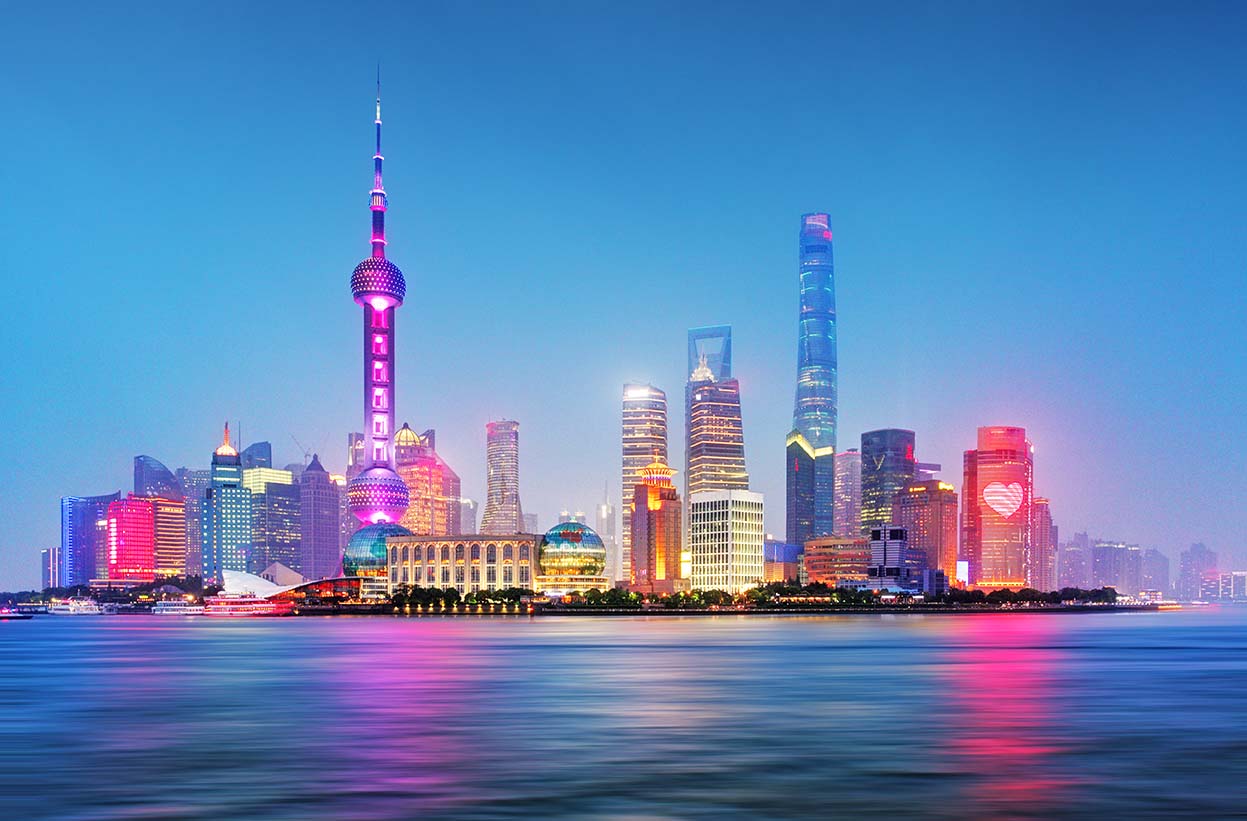China country profile

Key facts
| Capital city | Beijing |
|---|---|
| Official language | Mandarin |
| Area | 9,596,961 sq km |
| Population | 1.44 billion |
| Victorian Food & Fibre Imports | $4.8 billion (2023–24) |
| Key opportunities | Milk powders, yoghurt, cheese, butter, seafood, fresh fruits (citrus, table grapes, stone fruits), oats and other breakfast cereals, chilled and frozen beef and lamb, processed foods, baby food, wine, spirits and craft beer, natural fruit juice. |
Victorian food and fibre
China remains the dominant market for Victoria’s food and fibre exports, valued at $4.8 billion in 2023–24 and serving as the top destination for our grain, dairy, horticulture, seafood, animal fibre, and skins and hides.
Free trade agreements
The Australian Bureau of Agriculture and Resource Economics and Sciences (ABARES) predicts China will account for 43% of global growth in agricultural demand by 2050. Since the China-Australia Free Trade Agreement (ChAFTA) took force in 2015, significant export barriers have been removed, and Victoria's agribusiness sector is well placed to boost sales to China by exporting their premium food products and beverages. Find out more from the Department of Foreign Affairs and Trade.
Trade between Australia and China is also governed by the Regional Comprehensive Economic Partnership Agreement (RCEP), the world’s largest free trade agreement. RCEP covers the 10 members of the Association of Southeast Asian Nations (ASEAN) and their free trade agreement partners (Australia, China, India, Japan, New Zealand and the Republic of Korea).
It entered into force in Australia and China in January 2022. With 89% of current Australian exports to the region benefitting from immediate duty free access, which will rise to 94% once fully implemented. See the Australian Government’s overview of the agreement and their guide for obtaining preferential tariff treatment using RCEP.
Demand and consumer preferences
The Chinese market is diverse and stratified, with consumer behaviour, income level and local trends often classified based on a tier system. Whilst there is no official government definition, below is a breakdown of factors defining this tier based classification:
| Tier 1 | Tier 2 | Tier 3 | Tier 4 | |
|---|---|---|---|---|
| GDP | > $US300 billion | $US68-299 billion | $18-67 billion | < $US17 billion |
| Government | Central government | Provincial and sub-provincial capital cities | Prefecture capital cities | County-level cities |
| Population | > 15 million | 3-15 million | 150,000 – 3 million | < 150,000 |
| Examples | Beijing, Tianjin, Shanghai, Chongqing, Guangzhou | Chengdu, Wuhan, Hangzhou, Harbin, Shenyang, Nanjing | Daqing, Weifang, Changzhou, Zibo, Zhuzhou, Hengyang | Quanzhou, Datong, Shiyan, Rizhao, Fushun, Huaihua |
Spending and consumption patterns in China can vary by region, age, income group and other demographic factors. However, many middle to upper class consumers are attracted to premium imported products that offer:
- Food safety assurance and high quality
- Superior taste
- Better nutrition and other functional benefits
- High quality packaging
- Superior freshness
- Convenience
Regulatory environment
Exports of agricultural products from Australia are regulated by the Commonwealth Government Department of Agriculture, Fisheries and Forestry. Find out more about market access and export requirements for China.
Due to global logistics challenges and occasional port congestion, exporters need to be flexible and prepare alternative routes for their imports. This may include shipments to smaller regional ports, and the use of rail networks and river logistics to transport goods across China.
All food products entering China require Chinese labelling showcasing the ingredients and nutritional information of the product. Depending on the product category, it can be either a stick-on label or a redesigned Chinese language packaging.
GACC Decrees 248 & 249 require mandatory registration of all overseas food processing and storage facilities if they want to export to China. Victorian businesses need to register before exporting or the product will be stopped at customs. Depending on the product category, you can either self-register with GACC or contact the Department of Agriculture, Fisheries and Forestry to recommend your business to the GACC.
Whilst organic labelling is an important value-added feature for Victorian exporters, Chinese organic standards are not harmonised with Australian standards. It is illegal to promote and sell goods as organic unless they have received Chinese organic certification. All goods with organic certification from outside China will be stopped at customs.